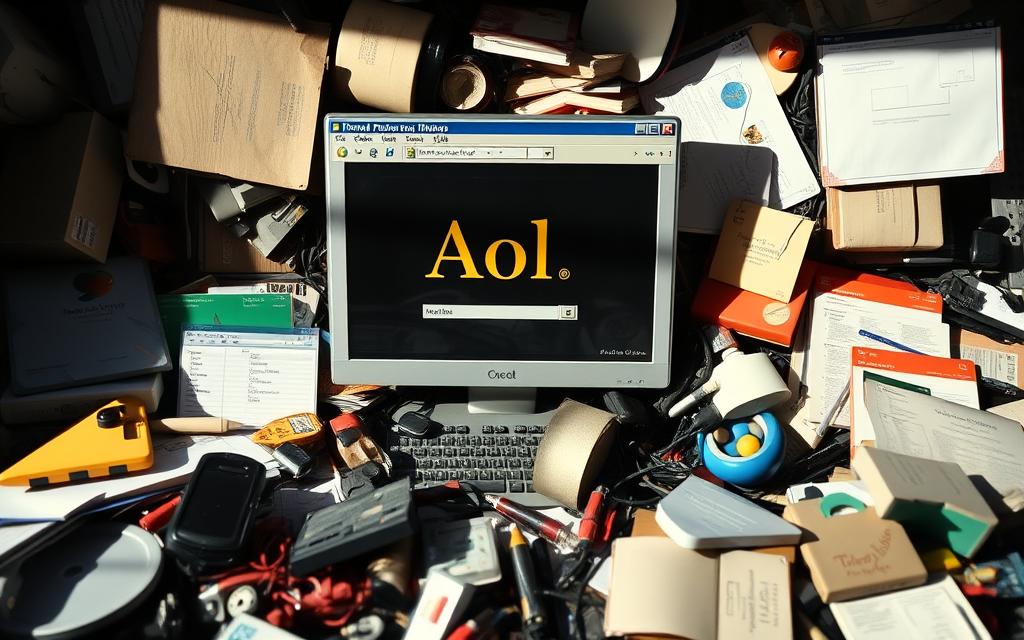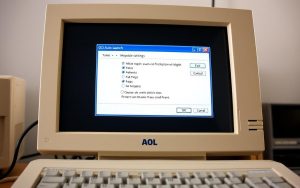Table of Contents
Many users struggle with persistent AOL settings overriding their preferred browser configurations. Despite repeated attempts to reset preferences, the problem often reappears, causing frustration.
Reports indicate that Firefox users experience forced homepage changes to AOL.com, even after manually adjusting settings. This issue stems from background processes and automatic updates that reinforce AOL’s default configurations.
This guide provides actionable solutions for Windows and macOS systems. Whether dealing with toolbar control or homepage hijacking, these steps offer clear help to regain browser autonomy.
Understanding the root cause is essential for effective troubleshooting. Software conflicts and hidden processes often contribute to these recurring challenges.
Why Can’t I Turn Off AOL on My Computer? Common Causes
Hidden processes and outdated installations frequently cause AOL-related disruptions. These issues often stem from automatic updates or software conflicts, making manual adjustments ineffective.
Homepage Hijacking by AOL Toolbar
The AOL Toolbar modifies registry entries to enforce homepage changes. Even after resetting browser preferences, the site may revert to AOL.com. This occurs due to deep settings alterations in the web browser’s system files.
Background Processes Keeping AOL Active
Multiple “AOL Desktop.exe” processes may run in Task Manager. These hidden tasks maintain connections, overriding user preferences. Ending them temporarily resolves the problem, but they often restart automatically.
Outdated or Corrupted AOL Desktop Gold Installation
Older Windows versions (pre-Windows 7) face compatibility issues with AOL Desktop Gold. Corrupted files or failed updates can trigger forced reactivations. Reinstalling the software often fixes stability concerns.
Step-by-Step Solutions to Disable AOL
Resolving persistent AOL interference requires targeted troubleshooting steps. Browser preferences often revert due to incomplete removals or background processes. Follow these methods to regain full control.
Remove AOL Toolbar and Reset Browser Settings
The AOL Toolbar embeds deeply into browsers. Manual removal ensures lasting changes.
- Chrome/Edge: Access the browser’s menu > “Extensions” > Delete AOL Toolbar.
- Firefox: Navigate to “Add-ons” > Remove AOL-related extensions.
- All Browsers: Clear cache via Settings > “Privacy & Security” > “Clear browsing data.”

Force-Quit AOL Processes via Task Manager
Background tasks often override manual changes. Terminate them permanently.
| Step | Action |
|---|---|
| 1 | Press Ctrl+Shift+Esc to open Task Manager. |
| 2 | End all “AOL Desktop.exe” processes. |
| 3 | Disable startup entries in the “Startup” tab. |
Uninstall and Reinstall AOL Desktop Gold
Corrupted installations require a clean reset. Follow these steps for Windows:
- Uninstall via Control Panel > “Programs and Features.”
- Delete residual folders in C:\Program Files\AOL.
- Download the latest version from AOL’s web portal.
- Ensure .NET Framework 4.5.2 is installed before reinstalling.
macOS users: Clear Safari cache via Develop > “Empty Caches” and reinstall from AOL’s official site.
Preventing AOL from Re-Enabling Itself
Keeping AOL from reactivating requires proactive system management. Background processes and automatic updates often restore unwanted configurations. These steps ensure lasting control over your browser and settings.
Disable Automatic Updates in AOL Desktop Gold
Auto-updates can reintroduce removed features. Open AOL Desktop Gold and navigate to Settings > Preferences > “Update Options.” Toggle off “Automatically install updates.”
Clear Browser Caches and Cookies Regularly
Residual data may trigger AOL reinstatements. For Chrome or Edge, press Ctrl+Shift+Del to erase cache and cookies. Firefox users should use “History” > “Clear Recent History.”
Adjust System Preferences to Limit AOL Permissions
Windows users can restrict registry access via Group Policy Editor. On macOS, revoke AOL’s permissions under System Preferences > “Security & Privacy.”
Scheduled maintenance—like weekly cache clearing—reduces conflicts.
Conclusion
Resolving persistent AOL interference is achievable with the right steps. Focus on removing the toolbar, terminating background processes, and performing clean installations. These actions restore full control over your browser settings.
Prevent future issues by disabling automatic updates and clearing cache regularly. For additional help, check browser extensions or adjust system preferences to avoid conflicts.
Proactive monitoring ensures lasting results. Bookmark this page for quick reference if the question arises again. Thanks for reading—your computer should now stay free from unwanted changes.
FAQ
Why does AOL keep reopening after I close it?
Background processes or the AOL toolbar may force it to restart. Check Task Manager for active AOL processes and reset your browser settings.
How do I stop AOL from changing my homepage?
Remove the AOL toolbar, reset your browser defaults, and scan for unwanted extensions that may hijack your settings.
What if AOL Desktop Gold won’t uninstall properly?
Use the Windows Control Panel to uninstall, then delete residual files manually. Reinstall a fresh version if needed.
Can I disable AOL’s automatic updates?
Yes. Open AOL Desktop Gold settings, navigate to update preferences, and turn off automatic downloads.
Does clearing browser data help stop AOL from reactivating?
Yes. Regularly clear caches and cookies to prevent stored preferences from restoring unwanted AOL settings.
How do I block AOL from running at startup?
Use Task Manager’s Startup tab or System Configuration (msconfig) to disable AOL’s launch with Windows.









